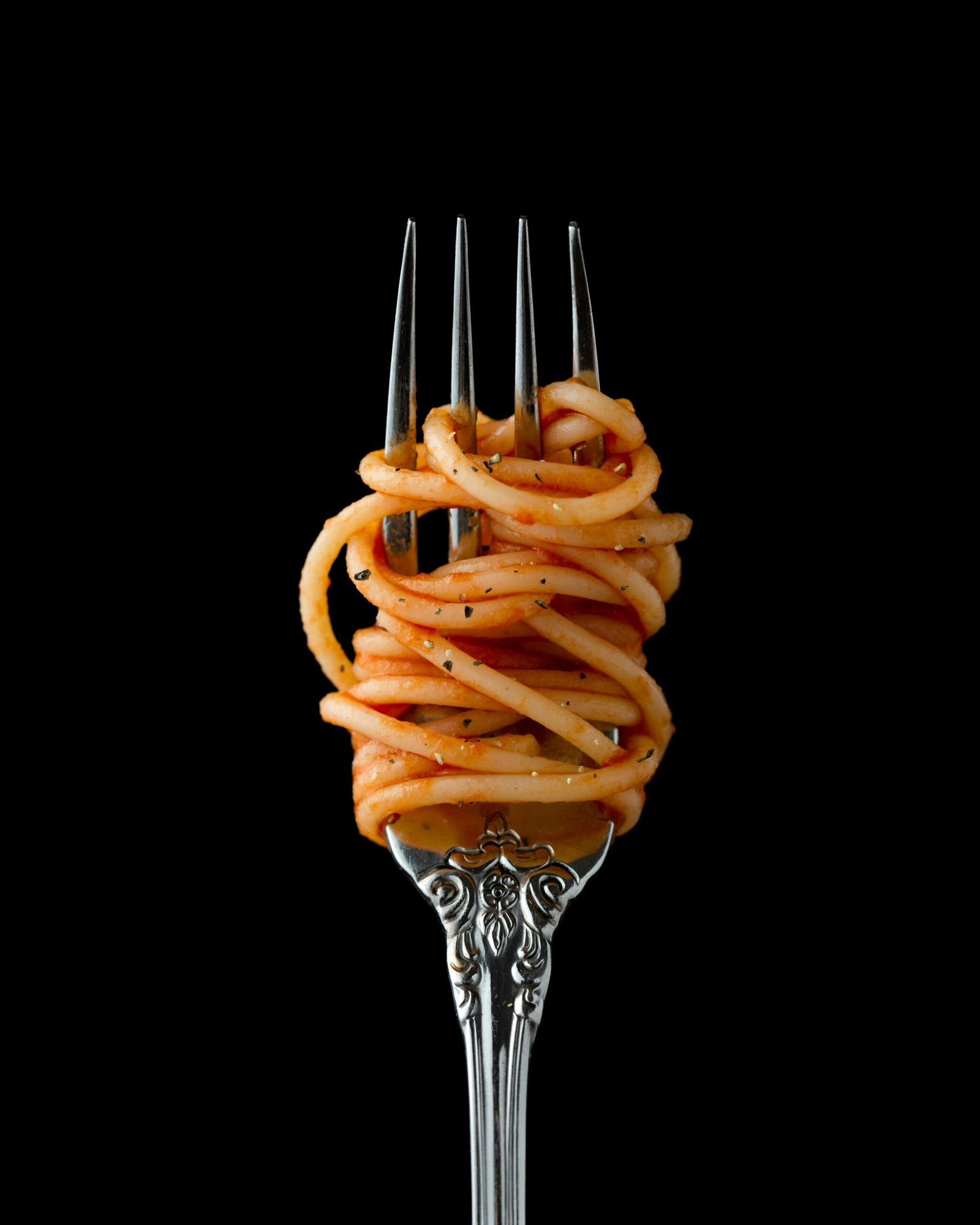Say Cheese: How to Snap Instagram-Worthy Pics of Your Plate

The Art of Food Photography: Capturing Culinary Delights
Food photography has become increasingly popular in recent years, thanks to the rise of social media and the growing interest in culinary experiences. Whether you’re a professional chef, a food blogger, or simply an enthusiast who loves to document your delicious meals, mastering the art of food photography can take your culinary adventures to the next level. In this blog post, we’ll explore some tips and techniques to help you capture stunning images of your culinary delights.
1. Lighting is Everything
When it comes to food photography, lighting is one of the most important factors to consider. Natural light is often the best choice for capturing the true colors and textures of your dishes. Try to position your subject near a window or shoot outdoors during the golden hours of sunrise or sunset for soft, flattering light.
If natural light is not available or you’re shooting indoors, you can use artificial lighting setups such as softboxes or diffusers to create a similar effect. Avoid harsh, direct light as it can create unflattering shadows and highlights on your food.
2. Composition and Styling
The composition and styling of your food can make a significant difference in the overall appeal of your photographs. Consider the placement of your subject within the frame, as well as the props and background you choose to complement it.
Use the rule of thirds to create a visually pleasing composition. Imagine a grid of nine equal squares and position your subject along the lines or at the intersection points. This will help create balance and interest in your photos.
When it comes to styling, pay attention to the colors, textures, and shapes of your ingredients. Play around with different arrangements and garnishes to enhance the visual appeal of your dish. Remember, the goal is to make your food look as appetizing as possible.
3. Focus and Depth of Field
One of the techniques that can make your food photography stand out is the use of selective focus and depth of field. By selectively focusing on certain elements of your dish and blurring the background, you can create a sense of depth and draw the viewer’s attention to the main subject.
Experiment with different aperture settings to control the depth of field. A wide aperture (small f-number) will result in a shallow depth of field, while a narrow aperture (large f-number) will keep more of the scene in focus. Choose the appropriate depth of field based on the effect you want to achieve.
4. Props and Backgrounds
Choosing the right props and backgrounds can greatly enhance the visual appeal of your food photography. Consider the overall theme or mood you want to convey and select props that complement your dish. For example, rustic wooden boards can create a cozy, homemade feel, while clean and minimalistic backgrounds can give a modern and sophisticated look.
Experiment with different textures, colors, and surfaces to add interest and depth to your images. Don’t be afraid to get creative and think outside the box when it comes to finding unique props and backgrounds.
5. Editing and Post-Processing
Once you’ve captured your culinary delights, the final step is editing and post-processing. Editing software such as Adobe Lightroom or Photoshop can help you enhance the colors, adjust the exposure, and make any necessary tweaks to bring out the best in your photos.
Keep in mind that editing should be used to enhance your images, not to completely transform them. Aim for a natural and realistic look that accurately represents the colors and textures of your dish.
Conclusion
Mastering the art of food photography takes time, practice, and attention to detail. By considering factors such as lighting, composition, focus, props, and editing, you can capture stunning images that truly showcase the beauty of your culinary creations. So grab your camera, get creative, and start capturing those mouthwatering moments!

